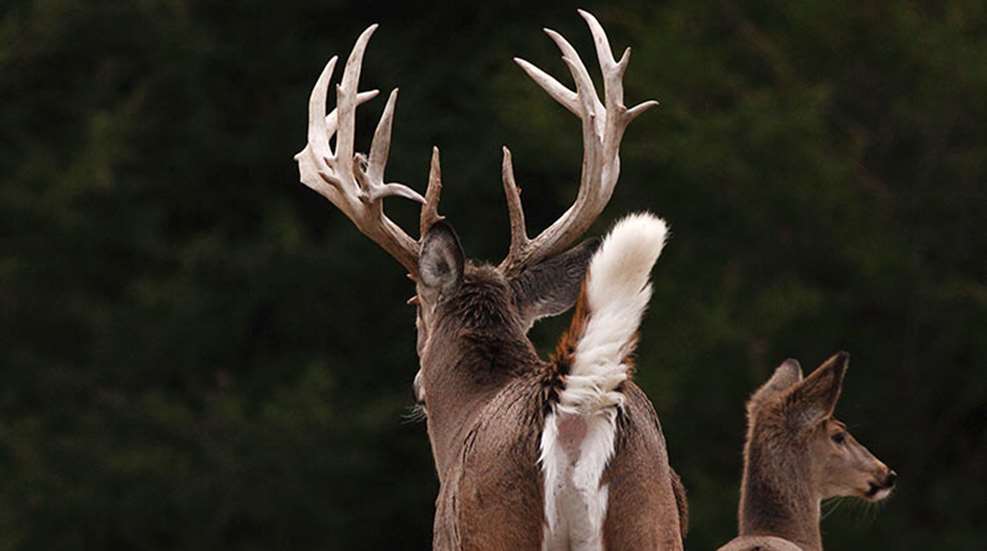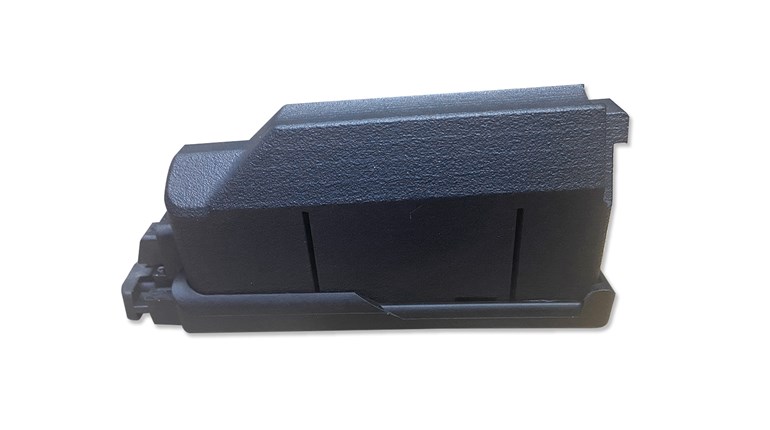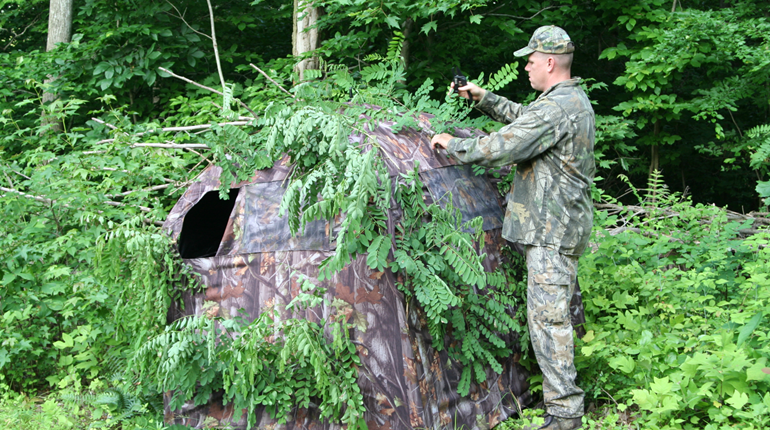
Whitetail biologists’ GPS-collar studies keep giving us surprising insights into buck behavior. And before you think study bucks behave differently than “real” bucks (the ones you hunt), consider that biologists’ findings continue to be backed by hunter experiences. Here are several things GPS-collar studies are teaching us about how to hunt whitetails, which you can use to your advantage this fall.
1. Bucks can actually have different breeding strategies. Dr. Karl Miller, a renowned deer researcher with the University of Georgia, said GPS-collar research has shown that some bucks continually check on certain doe groups in a small area (a doe only stays in estrous for a day or two). Other bucks, however, prefer to cruise great distances for does. If you’re hunting a buck that uses the strategy of constantly checking certain doe groups, then you need to hunt smart as you set up between the doe bedding areas the buck haunts.
2. Many of the best bucks hide in plain sight. Brian Murphy, CEO of the Quality Deer Management Association, noted that studies show in many cases you have a better chance of killing a mature buck by throwing a dart at a map and sitting wherever it lands than you do by sitting on a heavily hunted food plot or at another highly pressured area.
Keaton Kelso, owner of K&K Outfitters in Kansas, said he had to go to great lengths to kill a buck that wouldn’t move much in daylight. “We spotted a mid-180 buck in a 3-acre patch of brush. The gun season was on and the pressure was heavy, so we put a hunter on stand downwind watching one side of the patch,” he explained. “On the third day we had to almost pull the hunter out of the truck to get him in that stand, as he had yet to see a deer from that spot, but that was the day he shot that monster buck.”
3. Mature bucks are individuals. Dr. Grant Woods is a wildlife biologist who specializes in helping landowners set up properties for deer hunting. He positions some of his trail cameras in places to pick up video clips at food plots and salt licks because he wants to read individual buck behavior. “When I see a mature buck that is aggressive toward other bucks,” said Woods, “I pay attention, as that buck is likely easier to grunt or rattle in. In contrast, when I see a big buck that is always alone and that only comes in long after sunset, I know I have a tough buck to hunt.”
4. Bucks shift to avoid hunting pressure. Ryan Bland, owner of Non-Typical Outfitters in Illinois, said, “We scout pre-season, but we’re very careful about impacting a spot with our presence or scent so that the bucks don’t move to avoid our stands.”
Bland’s caution is backed up by plenty of science. When Auburn University researcher Dr. Clint McCoy compared where bucks were walking in relation to known stand locations, he found that bucks shifted, on average, 55 yards farther from the stand locations when he compared the beginning of the hunting season to the end.
5. Some bucks go on “excursions.” Buck excursions during the rut are often short, less than 24-hour walkabouts where bucks leave their usual range in search of estrous does. “Two recent studies where researchers were following collared bucks showed this tendency,” Murphy said. “A study of 15 collared bucks in Maryland found that 58 percent of them did this during the rut; another study of 16 collared bucks in Texas found that all the bucks went on excursions. Some of these bucks went 6, 8 or more miles in a 24-hour period.”
So, if you’re hunting a buck that roams you should realize that just because you didn’t see the buck on Monday and Tuesday doesn’t mean the buck won’t be back on Wednesday. These rut excursions can make even otherwise savvy mature bucks vulnerable during the intense search phases of the rut.




































